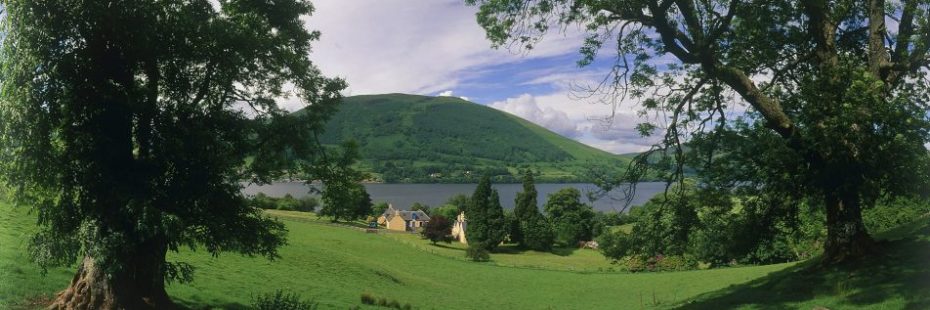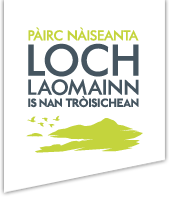
Loch Earn
Loch Earn is a long, narrow stretch of water located at the eastern side of the National Park. Extending 6.5 miles from west to east, the loch is the source of the River Earn, which eventually winds its way to join the River Tay, Scotland’s longest river, in the Perthshire village of Bridge of Earn.
There are several settlements dotted along the lochside, including St Fillans, at its most easterly tip, and Lochearnhead to the west. An innovative trail called BLiSS links four locations on the loch and nearby, Balquhidder, Lochearnhead, Strathyre and St Fillans, and features a series of art and ornamental installations. BLiSS was launched in the Year Of Innovation, Architecture and Design 2016 and provides the basis for a scenic drive of the full length or a walk or cycle along various sections.
Many walks of different lengths start and finish close to the loch, such as the St Fillans Viewpoint Circular and the Glen Ogle Trail from Lochearnheard.

Lochearnhead
To the south of the loch, the Munro Ben Vorlich, with a summit of 3232ft (985m), offers an energetic outing that is rewarded with superb views of the surrounding landscape.
If you fancy trying a water sport there are sailing courses at Loch Earn Sailing Club or you could try paddleboarding or waterskiing on the picturesque waters.
Fishing, by permit, is popular both from the shore and by boat, and the loch is regularly stocked with brown and rainbow trout.
As you enjoy Loch Earn and the surrounding area look out for a wealth of amazing wildlife, such as kingfisher, heron cormorants and many birds of prey, including osprey, buzzards, red kites, kestrels, peregrines and sparrow hawks. In the hills you may spot mountain hares, red deer and wild goats.
For those undertaking any activities on or around the loch, you should familiarise yourself with Loch Earn’s Code of Conduct, which lays out the roles and responsibilities of visitors.
Make a stay of it
Whether you’re looking for the comfort of a campsite or the solitude of ‘wild camping’, the National Park offers plenty of places to immerse yourself in some of the most spectacular scenery in Scotland.
If you are planning to ‘wild camp’, be aware that seasonal byelaws came into effect on 1st March 2017 which affect how you can camp in some areas between March and September. During this time, you need a permit to camp or (in some locations) to stay overnight in your motorhome in these Camping Management Zones.

